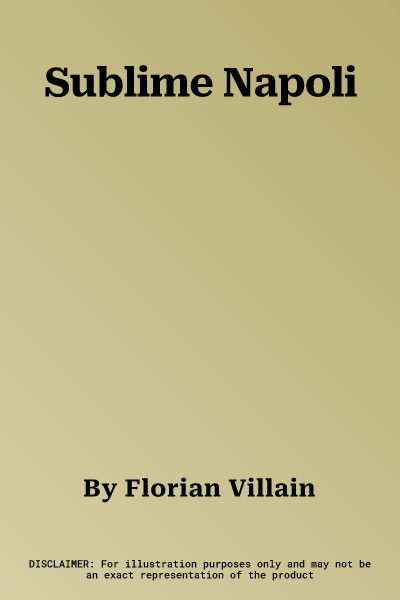Fascinated by the primitive beauty of reality, French photographer Jean
Luc Dubin apprehends the social world without interpretation or
spirituality, guided by what Florian Villain calls "a gaze without a
glance". Human behavior in all its materiality is an inexhaustible
source of poetry for the photographer. In Naples as in New York, his
street photos are shaped like a social precipitate, triggered by the
magical moment of the click. Beyond the social world, Jean Luc Dubin
also tackles received ideas about human nature, which is akin to a
standardized construction. As the starting point of his friendship with
Florian Villain, his photos affirm that he there are as many humanities
as there are possibilities. And if the beautiful can afford to be weird,
sometimes transmuting into extreme beauty, it is good because it is
revealed by the singular gaze of a photographer.#11;#11;In Naples, his
street photos form like a social precipitate, triggered by the magic
moment of the click. As such, the series on Naples includes several
bones and vanities attached to the "ritual of wandering souls", which
consists in honoring the skull of the dead in order to soften their
arrival in the afterlife and offer them recognition and dignity.
In the heart of the Neapolitan cellars, women have perpetuated this
tradition for centuries. Jean Luc Dubin took an interest in these
practices at the same time as Florian Villain, who found in the
photographs of his friend, a resonance to the thesis that he would
expose some time later, in the review of Mauss. In its history, Naples
has overcome constant tragedies and threats that have permanently shaped
the behavior of its inhabitants. Regularly under foreign domination, the
city experienced invasions, epidemics and deadly eruptions without ever
losing its identity. Florian Villain explains that Naples was built on
appearances to protect its culture, recalling that its streets are "like
a theatre scene". According to the sociologist, we cannot penetrate the
Neapolitans today without looking elsewhere than what they deign to show
us; Jean Luc Dubin, however, manages to detect what survives under the
mask.

